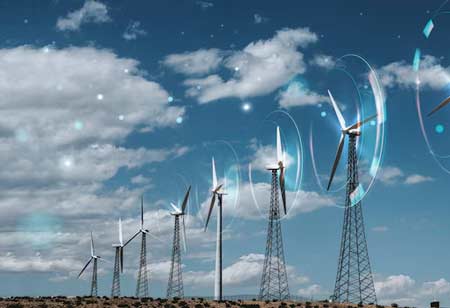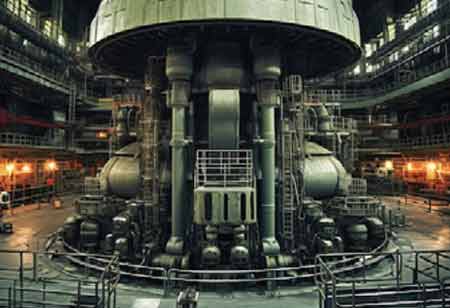CLOSE
Specials
I agree We use cookies on this website to enhance your user experience. By clicking any link on this page you are giving your consent for us to set cookies. More info
Be first to read the latest tech news, Industry Leader's Insights, and CIO interviews of medium and large enterprises exclusively from Energy Tech Review
Thank you for Subscribing
The Future of Energy Storage: Trends and Innovations
Energy storage technology, including battery, thermal, and mechanical storage, improves grid reliability

By
Energy Tech Review | Monday, August 18, 2025
Stay ahead of the industry with exclusive feature stories on the top companies, expert insights and the latest news delivered straight to your inbox. Subscribe today.
Energy storage technology, including battery, thermal, and mechanical storage, improves grid reliability, reduces fossil fuel dependence, and enhances energy independence, cost savings, and environmental sustainability.
FREMONT CA: Energy storage will be necessary for meeting the increasing demand for energy and solving environmental concerns. Thus, it collects and stores excess energy from solar, wind, and conventional power plants for optimized consumption, improved grid reliability, and declining dependence on fossil fuels. This form of a system is essential in today's energy scenarios.
Types of Energy Storage Technologies
Energy storage technologies ensure energy efficiency, reliability, and sustainability. They support integrating renewable energy, enhance grid resilience, and enable cost-effective energy management. Among the most widely adopted technologies, battery storage is versatile. Lithium-ion batteries, known for their high energy density, long cycle life, and fast charging capabilities, are preferred for residential and commercial applications. On the other hand, lead-acid batteries offer a durable and cost-effective alternative but are limited by their lower energy density and shorter lifespan. With their scalability and long cycle life, flow batteries are ideal for large-scale applications, though their high costs and lower energy density pose challenges.
Thermal energy storage technologies provide a unique approach by storing heat for later use. Sensible heat storage relies on water or molten salt to capture and release heat. Latent heat storage takes this further by utilizing phase change materials (PCMs), which store energy during phase transitions from solid to liquid, offering an efficient and compact energy solution.
Mechanical energy storage methods harness physical processes to store and release energy. Pumped hydro storage uses gravity by pumping water uphill to a reservoir and releasing it to generate electricity. Compressed air energy storage (CAES) stores energy by compressing air during off-peak hours and releasing it to drive turbines during peak demand. Flywheel energy storage systems store rotational kinetic energy, offering rapid response times and high efficiency.
For homeowners, residential energy storage systems offer numerous advantages. They enhance energy independence by reducing reliance on the grid and enable cost savings by storing energy during off-peak hours during peak demand. These systems also provide backup power during outages, ensuring an uninterrupted electricity supply. Furthermore, they contribute to environmental sustainability by improving the efficiency of renewable energy use, reducing carbon emissions, and promoting greener living.
Commercial energy storage systems significantly benefit businesses, particularly in energy cost management and reliability. Peak shaving allows firms to lower peak demand charges by discharging stored energy during high-demand periods. Additionally, companies can participate in grid services programs, such as frequency regulation and voltage control, generating revenue streams. Commercial systems also improve operational resilience by providing backup power during grid outages and optimizing energy consumption to reduce operating costs.
The energy storage market is poised for rapid growth, fueled by emerging trends. The increasing penetration of renewable energy sources underscores the need for efficient energy storage to balance intermittent power generation. Advances in battery technology drive the development of solutions with higher energy density, longer lifespans, and reduced costs. Supportive government policies and incentives are further accelerating the adoption of energy storage systems. At the same time, grid modernization efforts highlight the critical role of storage in integrating distributed energy resources and enhancing grid reliability.
Energy storage represents a transformative technology that enables individuals and businesses to capitalize on renewable energy, enhance grid reliability, and decrease dependence on fossil fuels. As advancements in the field progress and costs decline, energy storage is positioned to become a cornerstone of a sustainable energy future.

Copyright © 2025 Energy Tech Review. All rights reserved






